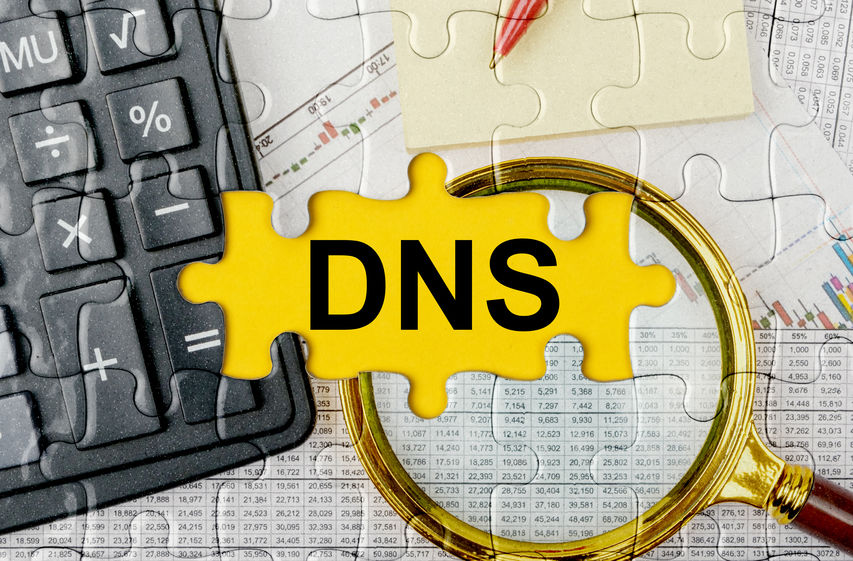The topic of this article is the DNS tunneling attack. First, we will explore it in detail. Then you’ll be able to confidently assert that you know what it does and why it’s so harmful. So, without further ado, let’s get started.
DNS tunneling attack – definition
DNS Tunneling attack is cybercriminal activity. As the name implies, it is the Domain Name System attack type. Its method of operation is simple. DNS queries and responses encode the data of other programs or protocols, most often malicious. This gives attackers a covert command and control route as well as a way to steal data.
Examples and cases of DNS tunneling attack
How does it work?
DNS tunneling operates based on the client-server approach. How? We will explain it in three steps.
- First, the cybercriminal obtains a domain name. He set the domain server to point to the its computer/server. There is a malware tunneling application installed.
- After that, the cybercriminal infects a device. It’s usually hidden behind the company’s firewall. The infected device can submit a query to the DNS resolver since DNS requests are always expected to cross and leave the firewall.
- Finally, the request is subsequently sent to the attacker’s control server, which contains the tunneling program, by the DNS resolver. Then the DNS resolver connects the malicious actor to the target. As a result, we now have a tunnel that may be utilized for data-stealing or other criminal purposes. This is why this threat is referred to as a DNS tunneling attack. It’s more challenging to trace the attacker’s workstation because there’s no direct connection between the attacker and the victim.
Protection against DNS tunneling attack
Is it possible to protect against DNS tunneling attacks? The answer is yes. How? We will take a look at the two main methods.
- The first one is to implement a Firewall system. This could be the greatest strategy to defend yourself against the DNS tunneling attack. Why? Because this technology has the ability to detect and stop all undesirable traffic quickly.
- The second one is to monitor the DNS traffic. This is another effective strategy. Why? Because you’ll be able to monitor DNS traffic and be alerted to any potentially harmful traffic. This will assist you in reducing the dangers associated with DNS tunneling.
Is the DNS tunneling attack dangerous?
After all, the full explanation of what it is and how it works, you’re bound to know the answer. Nevertheless, the answer is yes. This is a highly dangerous attack.
However, it’s fair to say that there is one instance in which it is not harmful. When? For example, when many antivirus software providers utilize it to update malware profiles in the background. Unfortunately, it is maybe the only situation where it is not dangerous.
Conclusion
To sum up, the DNS tunneling attack is really dangerous. Its purpose is to compromise the DNS server of the target. But to avoid this happening, you can protect yourself. How? By implementing a Firewall and DNS Monitoring system.


